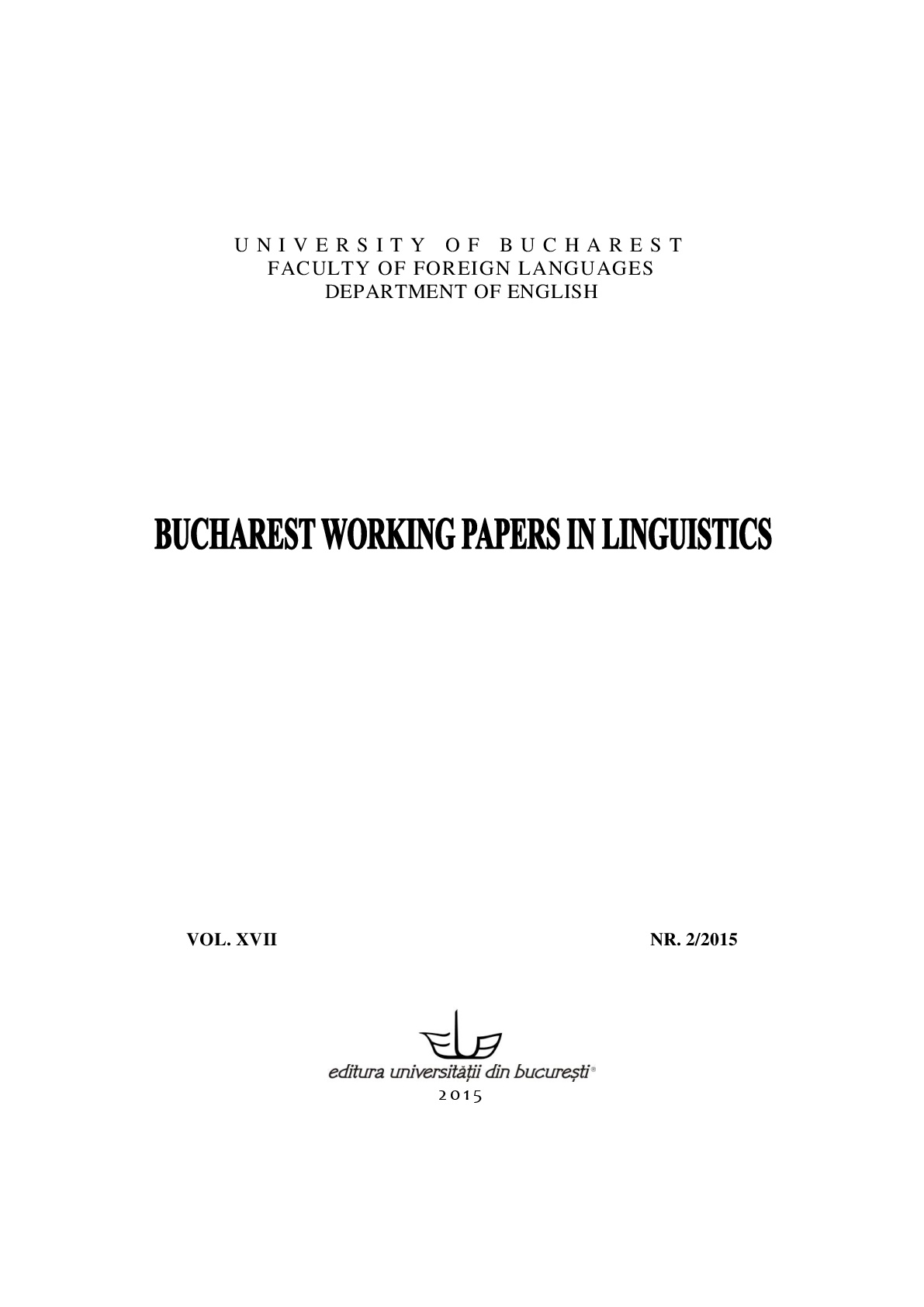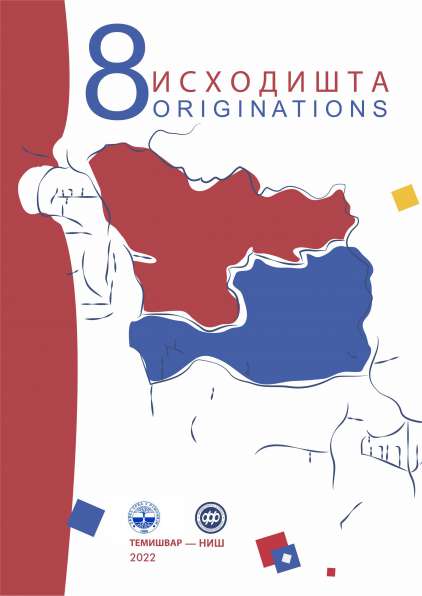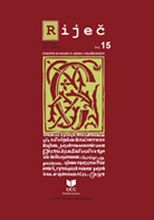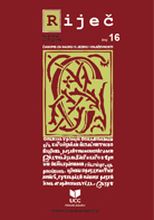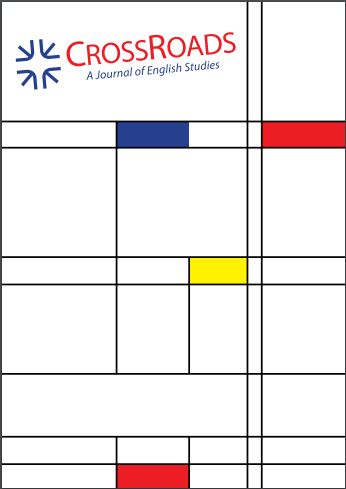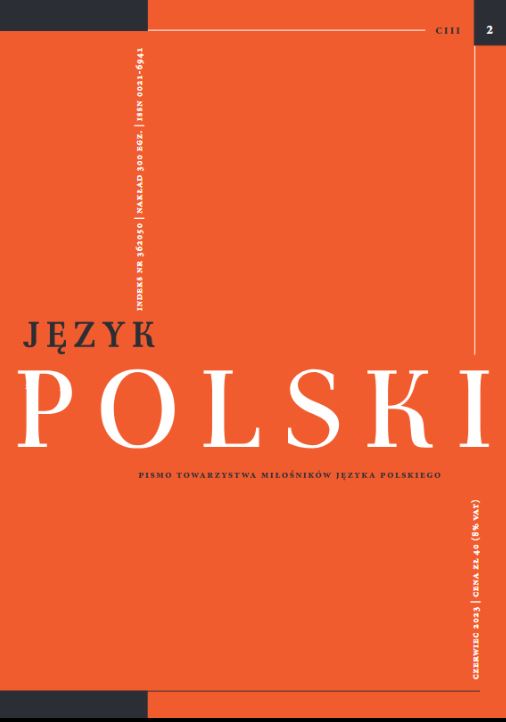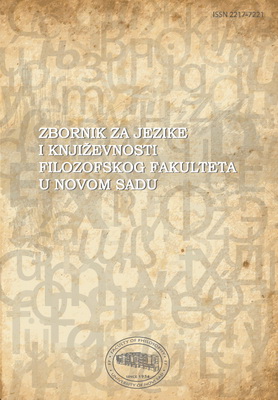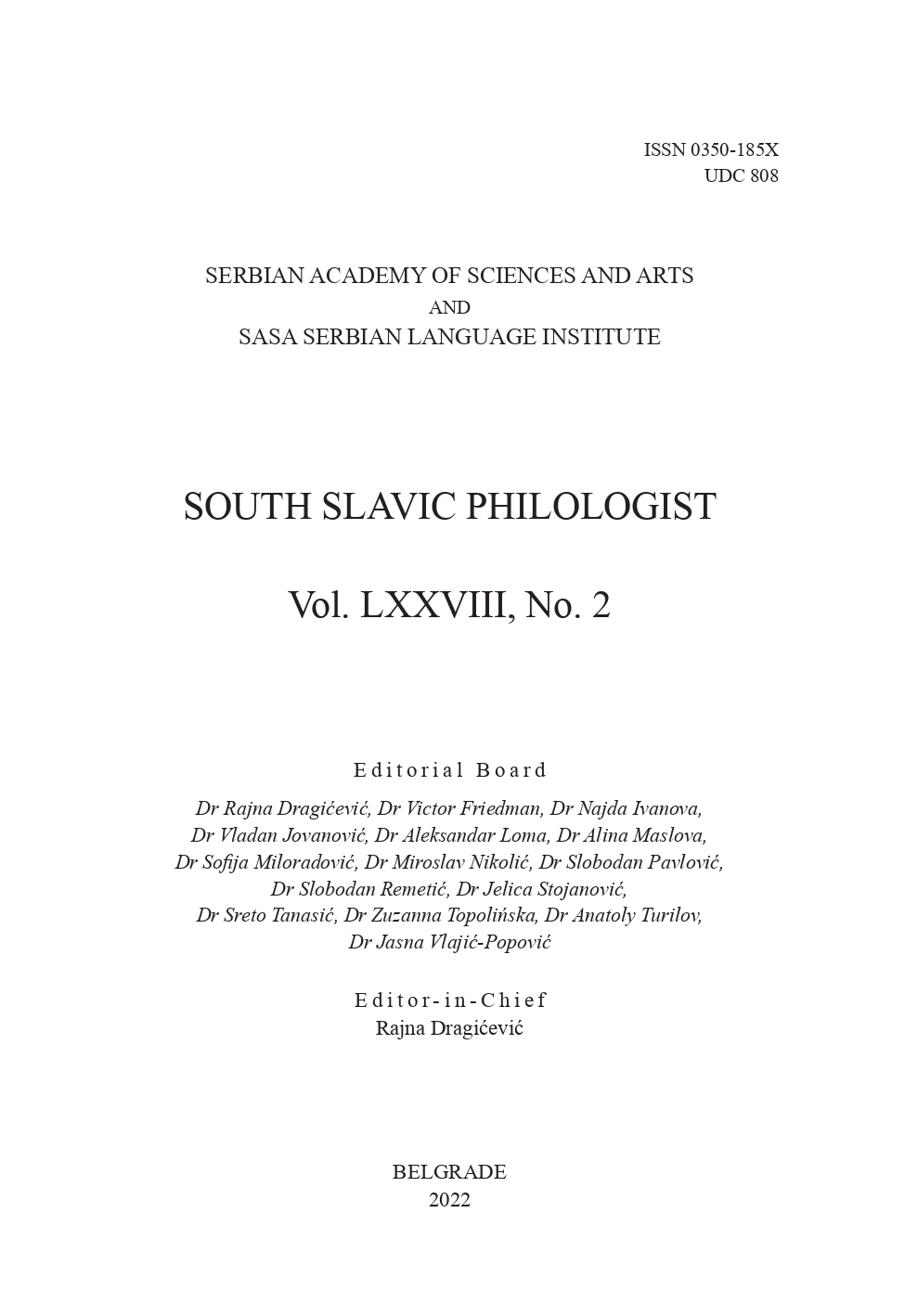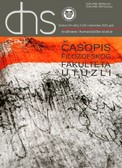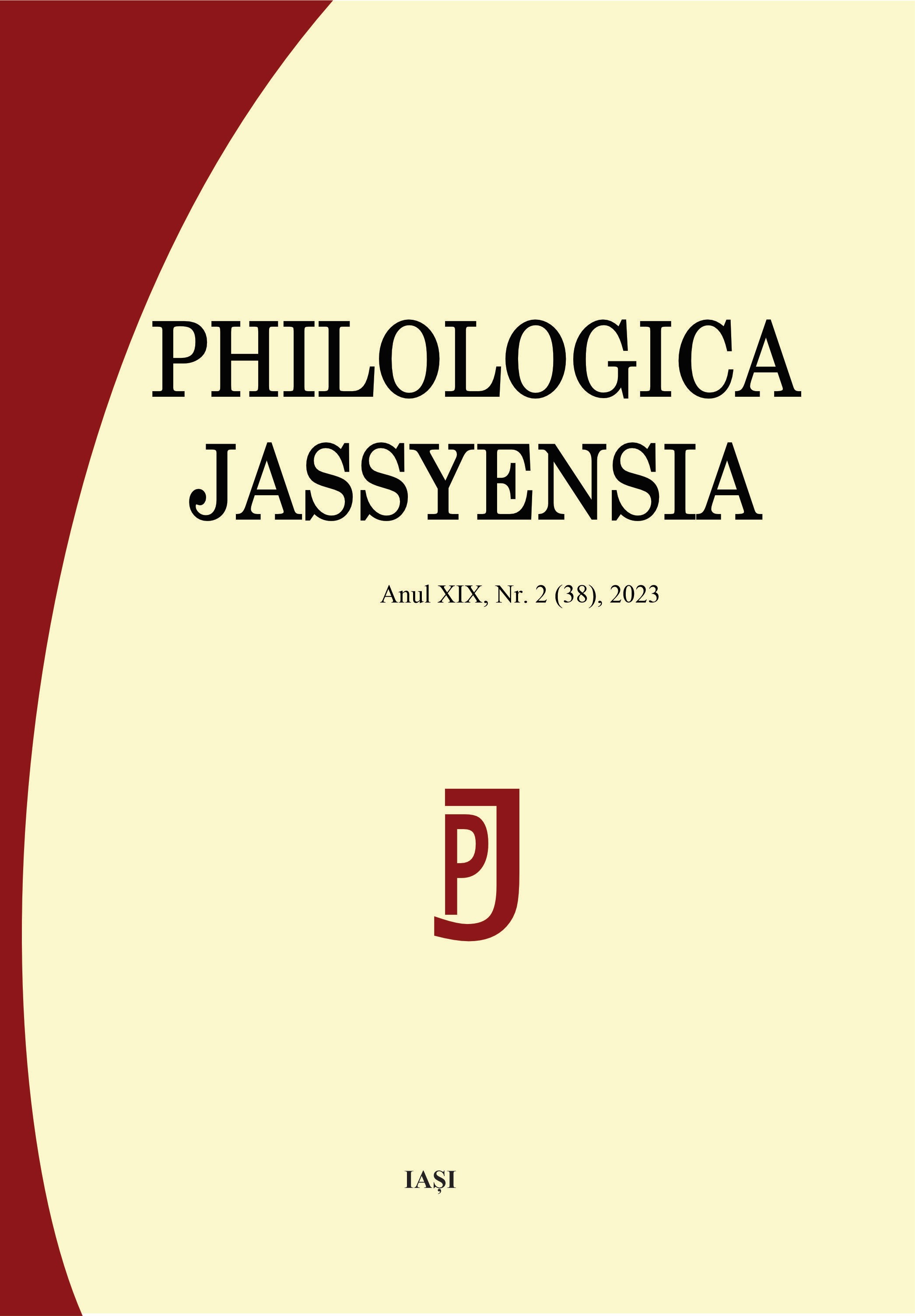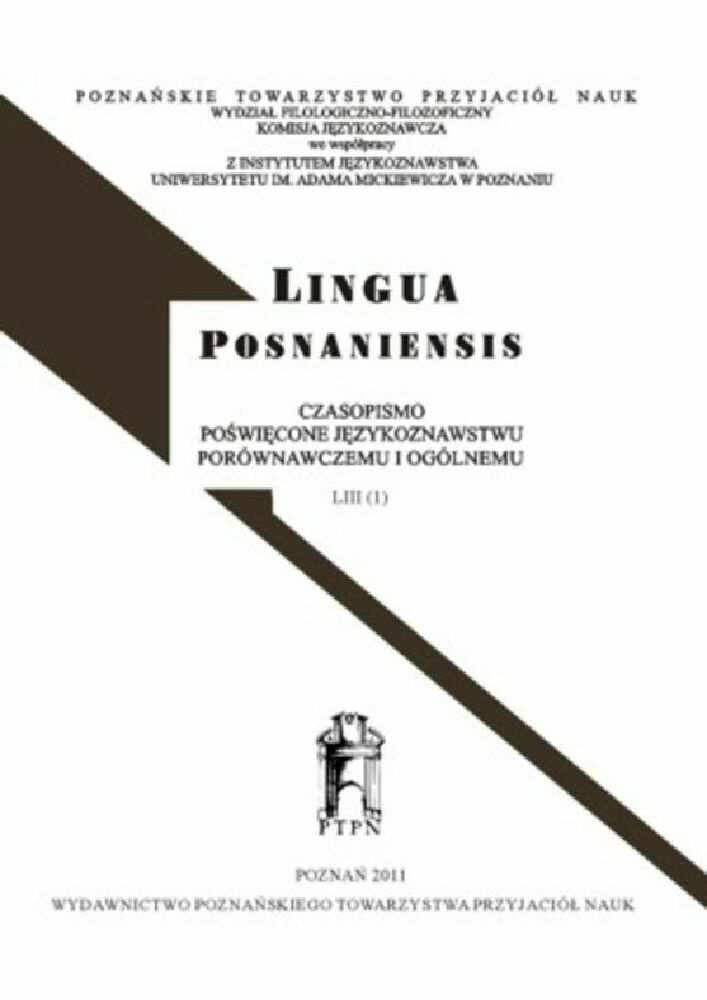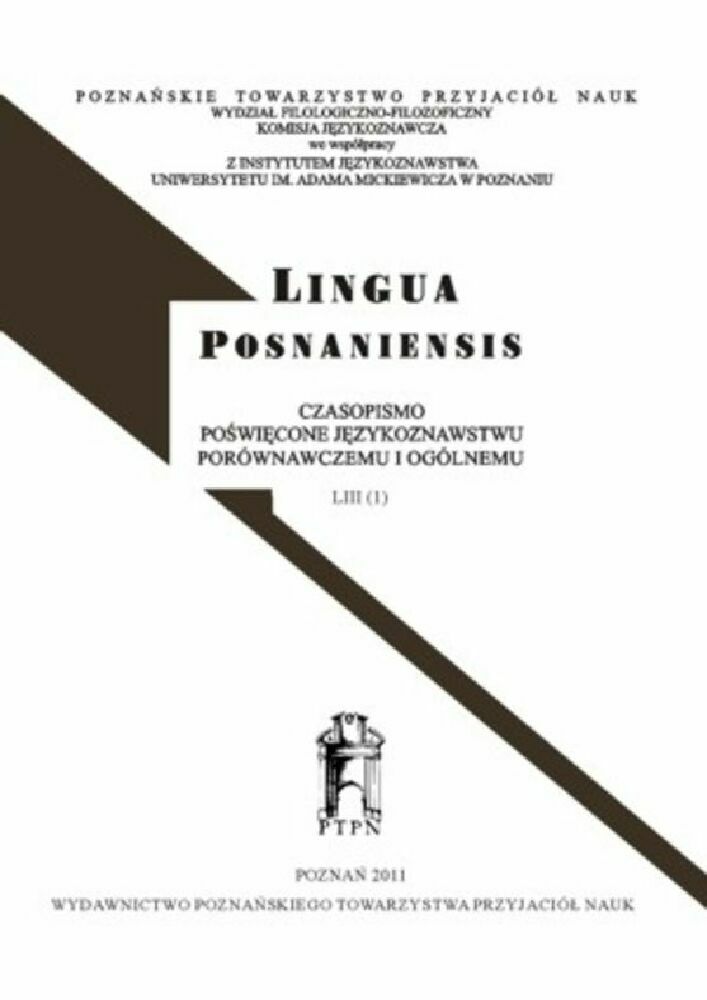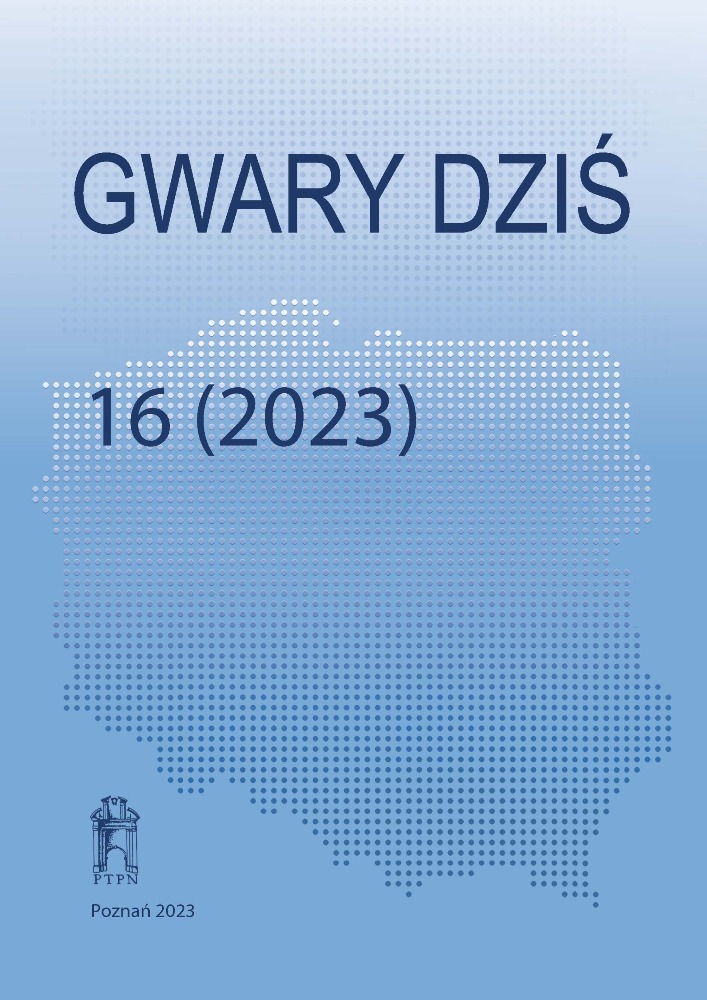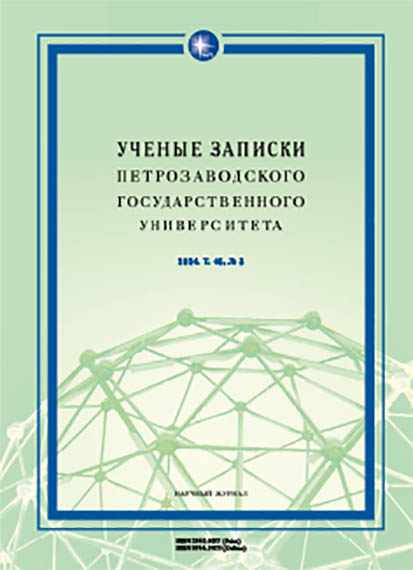Author(s): Oana NICULESCU / Language(s): English
Issue: 2 (38)/2023
This paper explores a lesser studied topic in Romanian linguistic research related to the acoustic features (duration, pitch, F1/F2 values) and pragmatic functions of filler particles, often referred to as “filled pauses”, in spontaneous speech. From a theoretical perspective, we align our analysis with the recent definition proposed by Belz (2023), where “a phonetic exponent which is segmentally structured, semantically empty, syntactically unconstrained, and does not show an interjectional function is classified as a filler particle”. Moreover, as a way to reinforce the idea that filler particles are, from a phonetic perspective, extra-pausal phenomena, we classified fillers in terms of their positioning relative to the silent pause (i.e., pre-pausal, post-pausal, inter-pausal and concatenated). Prior to carrying out extensive quantitative analyses of filler particles on Romanian data, in this article we proposed performing an initial qualitative exploration of fillers in connected speech based on the Ro-Phon corpus. Our results reveal that: (1) the prototypical filler particle outputs in Romanian are vocalic (/ə, ɨ /), vocalic-nasal (/əm/) and nasal (/m/), (2) the length of the pause preceding a filler particle is systematically longer than the pause following it, (3) inter-pausal filler particles display the longest average duration while concatenated fillers were the shortest in our data, (4) in terms of formant frequencies, there is a greater degree of movement along the F1 axis compared to the average F2 frequencies extracted from both vocalic and vocalic-nasal tokens, indicative of an acoustic continuum present within the central vowels /ɨ/ and /ə/, (5) all fillers display a low, flat f0 contour, with a similar frequency as that of neighbouring phones, and that (6) filler particles perform various and often cumulative discursive roles, ranging from a cognitive function (indicative of planning processes), marker of a repair (self-initiated, content-based repairs), to a discourse management function used to signal upcoming new (sensitive) information within the narrative sequence. Future studies aim at extending the data and performing in-depth quantitative analyses related to duration, frequency distribution, voice and vowel quality of filler particles in non-pathological native and non-native Romanian speech data.
More...
